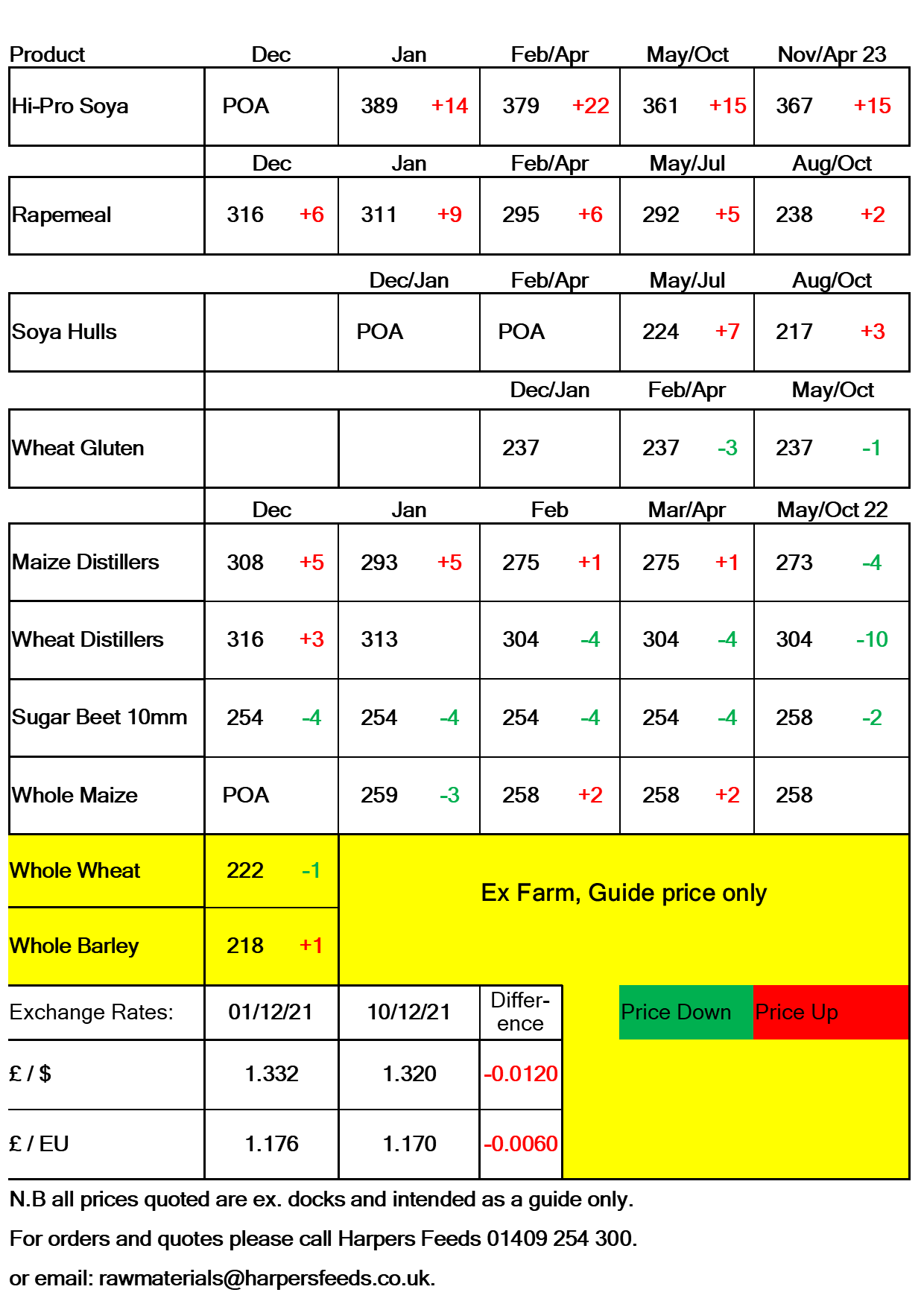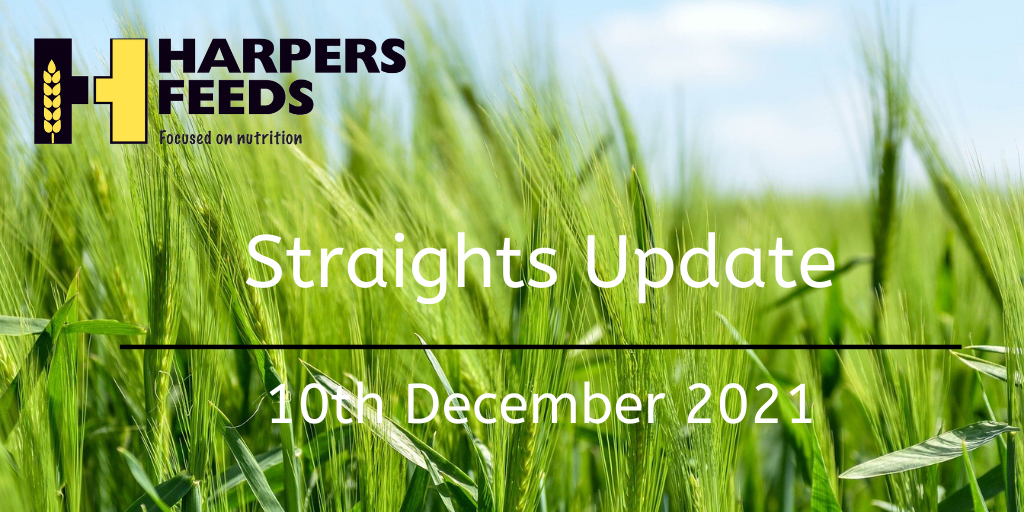USDA’s December World Supply & Demand estimates released on Thursday was summarised by many as neutral for Maize and Soybeans and bearish for Wheat.
For Wheat, USDA made small adjustments by increasing global ending stocks based on reduced exports. However the total global ending socks are well below that of last year, falling 29% behind last years ending stocks.
Estimates for the Canadian wheat crop were marginally increased, but still tight, but the increase does slightly ease stocks. Russian wheat production numbers where also raised, up 1Mt with a build-up in stocks.
While there were a few changes made to global Wheat demand and supply, there were limited changes made to Maize. Maize production estimates for Ukraine were raised by 2MT to 40MT, whilst EU production estimates were also increased up from 67.85MT to 70.35MT.
Chinese Maize imports were unchanged as too were US Export Projections.
Global supply and demand estimates for Soybeans were left unchanged, with no game changers or dramatic surprises reported. Although soybean crush was unchanged, soybean oil production was raised because of a higher production rate. With increased soybean oil supplies, food, feed and other industrial use of soybean, oil is raised, offsetting lower consumption of rape and cottonseed oils.
Ongoing rising freight costs will continue to have an impact on material prices as we move towards 2022. The average cost of shipping 1T of cargo (on a 60,000 tonne vessel) 5 years ago cost £22. The current cost per tonne is now in the area of £50. Freight availability and cost will certainly be a key factor for future raw material prices.







